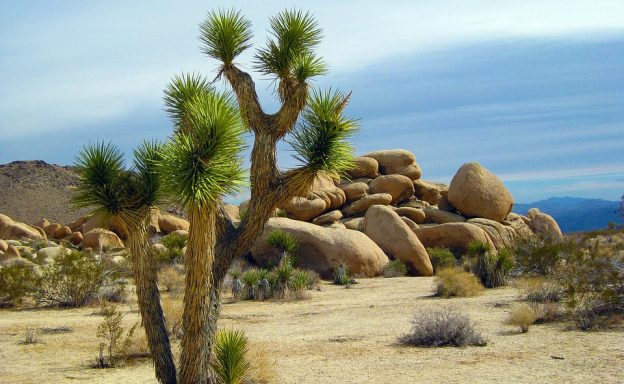Understanding how climate change affects population dynamics is crucial for assessing future of biodiversity. Here I ask how can Allee effects, occurring when mean individual fitness is reduced in rare populations, respond to increasing temperature. Despite the role Allee effects play in ecology of invasive, threatened and harvested populations, impacts of climate change on Allee effects are practically unknown. Analysis of two population models reveals that whereas the Allee effect driven by predation generally weakens as temperature increases, the Allee effect due to need of finding mates is predicted to become stronger when warming occurs. For the former model, the metabolic theory suggests that with increasing temperature prey growth rate should increase faster than predator attack rate. Increasing temperature thus weakens the Allee effect. In the latter, gypsy moth population model, mating rate increases with warming due to enhanced female−male encounter rate and temperature-induced modifications in female and male adult emergence distributions. However, male and female mortality rates increase, too and the net effect is strengthening of the Allee effect. These results have repercussions also for pest control, indicating that augmentation of biocontrol agents may perhaps be not as effective as using pesticides or disrupting mating.
Berec L (2019) Allee effects under climate change. Oikos XX, XX-XX; doi: 10.1111/oik.05941
